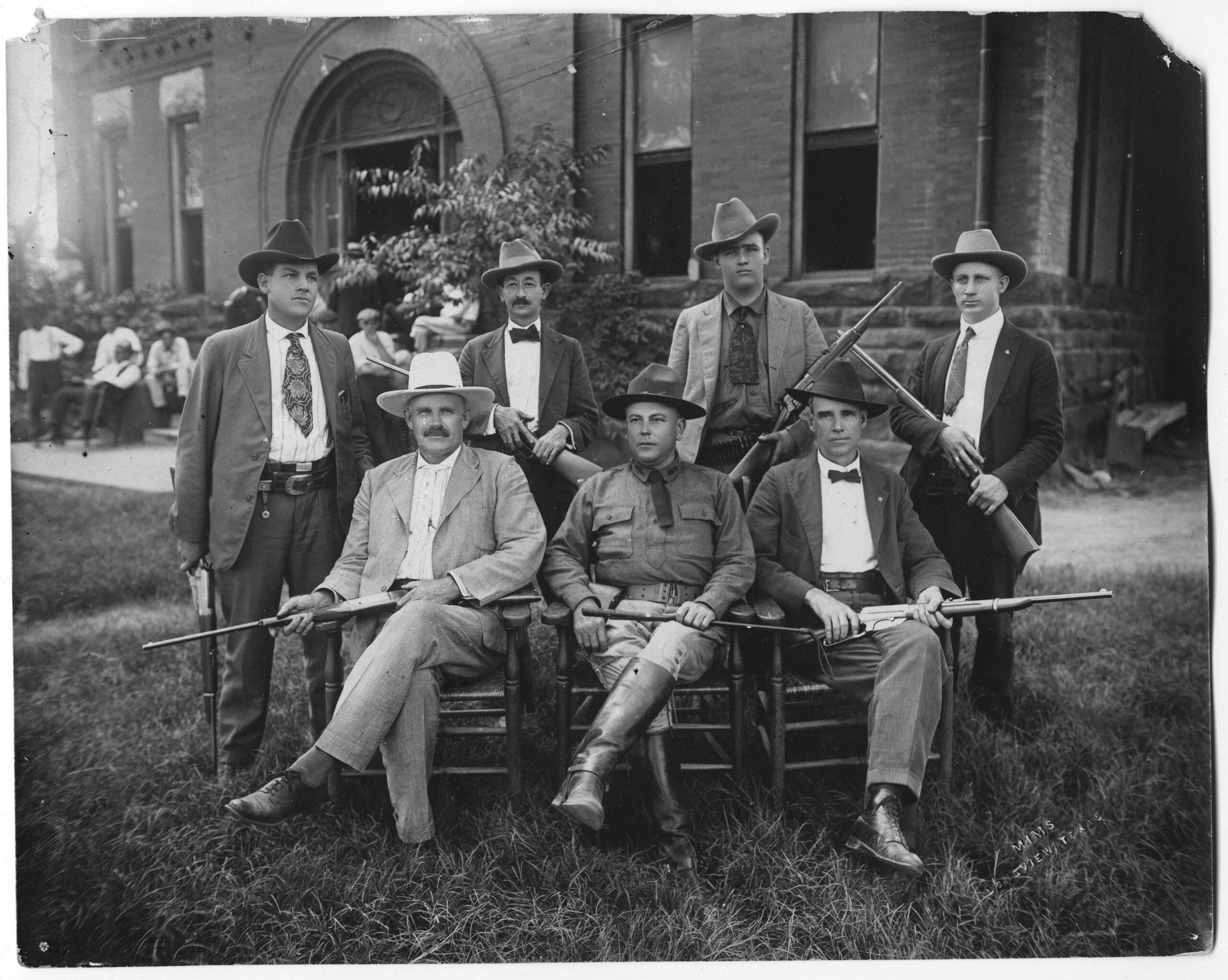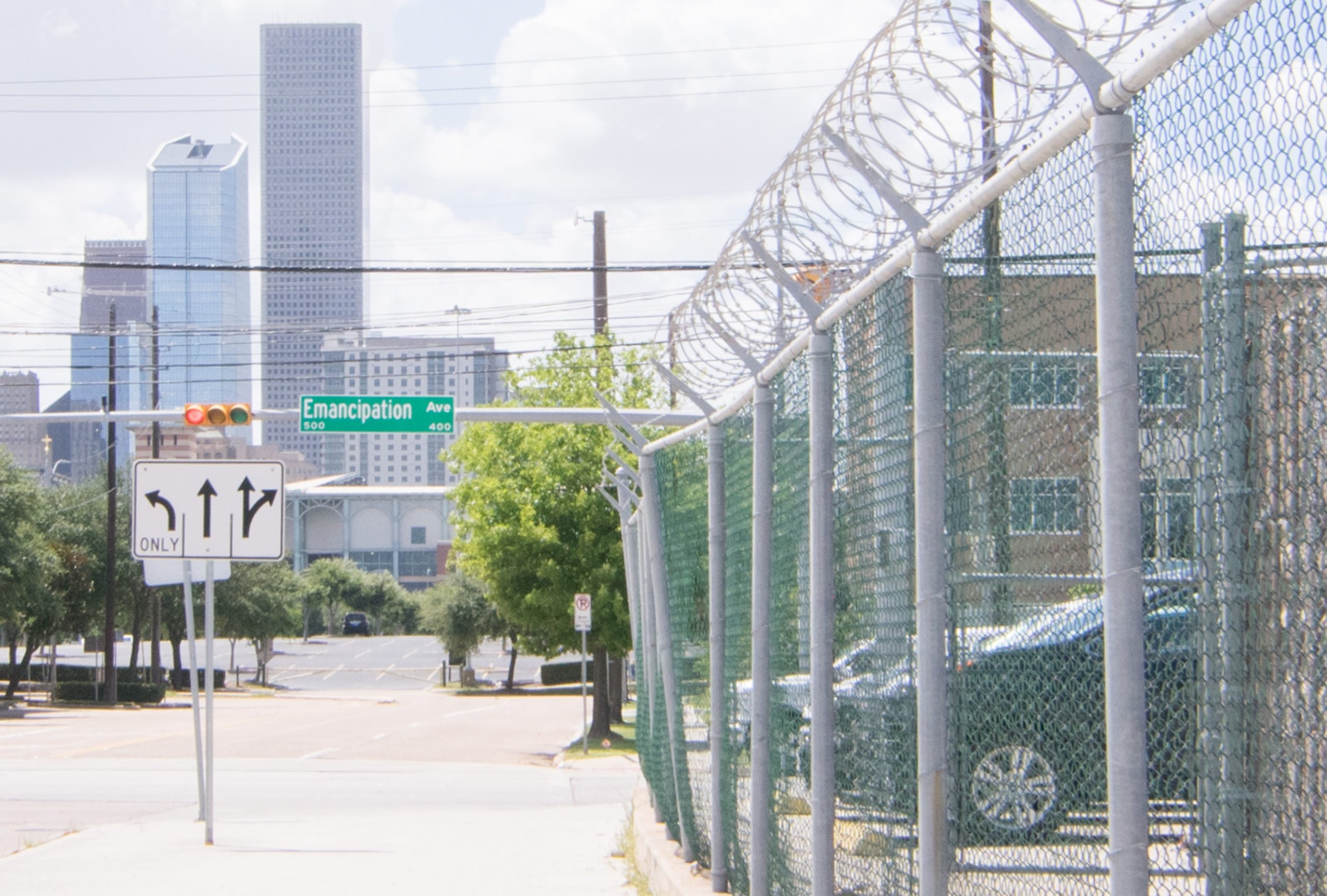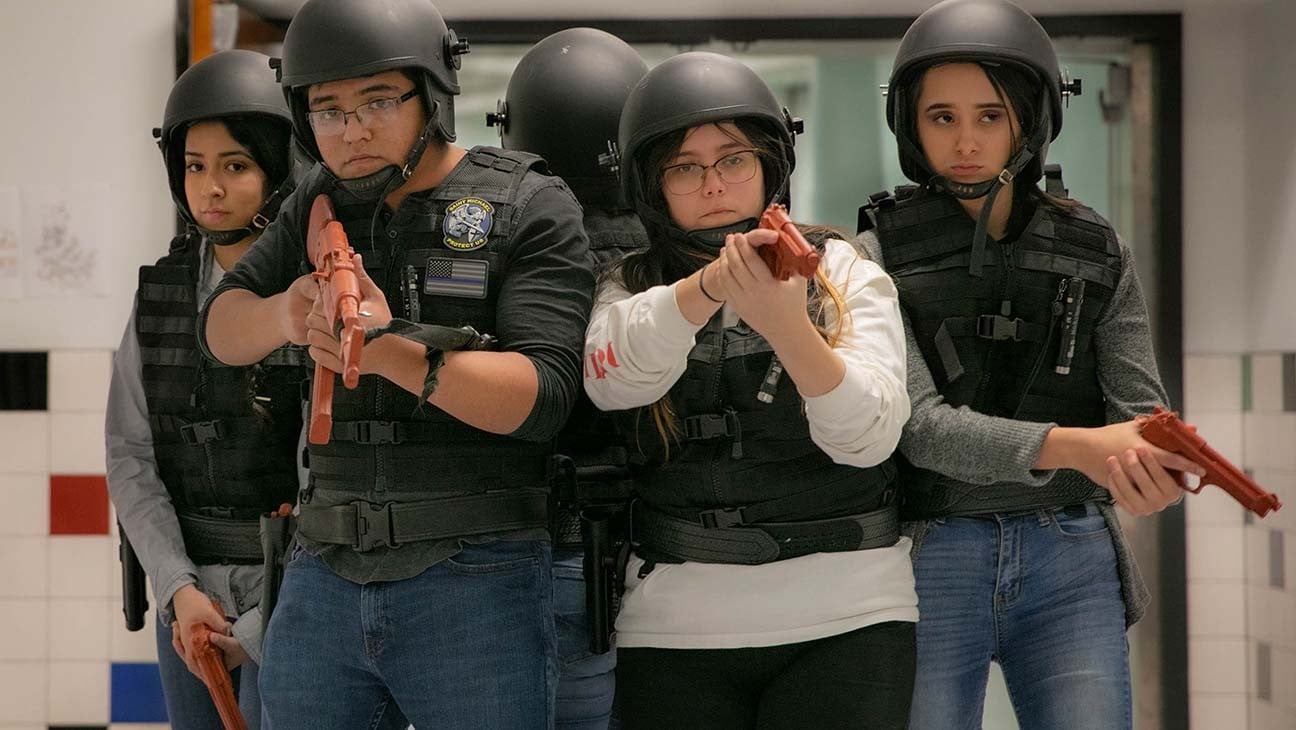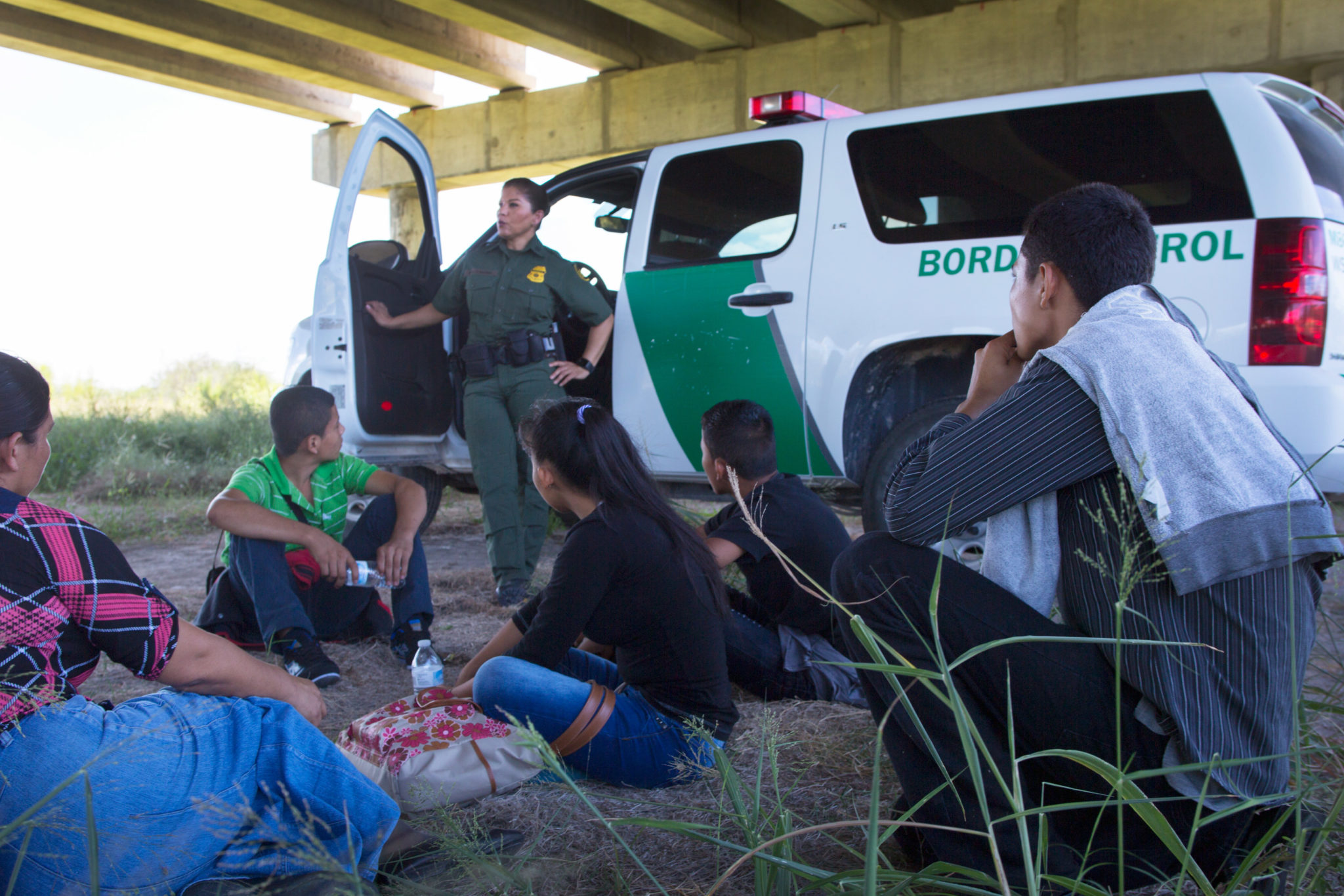
The Olive-Green Ceiling: Why Are So Few Women in the Border Patrol?
Women make up less than 5 percent of the Border Patrol's workforce, dead last among federal law enforcement agencies.
A version of this story ran in the October 2017 issue.

During his first week in office, one of President Trump’s first moves was to sign an executive order calling for the hiring of 5,000 more Border Patrol agents. But not only has Congress so far declined to fund the new personnel, the agency is struggling to fill more than 1,600 positions that were vacant when Trump signed his mandate.
If Border Patrol wants to increase its ranks, it might consider boosting its recruitment of women. Since the agency started allowing women to become Border Patrol agents in 1975, female agents have never made up more than 5 percent of the workforce — dead last among federal law enforcement agencies.
Why do so few women wear the green uniform? The agency’s male-dominated culture, as well as its training and recruitment practices, are partially to blame, said Catherine Sanz, executive director of Women in Federal Law Enforcement.
During training, she said, there’s an attitude that “we’re going to wipe you out so only the best and brightest are left. But it’s often not the best and brightest who are left, it’s whoever survives the process that gets the badge and the gun.”
In the last decade, agents have killed dozens of immigrants, and one agent was recently indicted on federal murder charges. In 2014, President Obama tapped Gil Kerlikowske to lead U.S. Customs and Border Protection (CBP) to help curb Border Patrol’s use-of-force problem. Among his reforms, Kerlikowske proposed recruitment of more women, whom he believed would be less inclined to use violence in handling difficult situations.
“Women almost never resort to excessive force in their policing,” said Sanz, who served as a consultant to Kerlikowske. “They tend to communicate and try to de-escalate a situation.”
In 2015, for the first time, CBP ran a female-only recruitment campaign in the four Southwestern border states, including Texas. Afterward, Kerlikowske told the Washington Post that the agency received approximately 5,500 applications, but only about 50 women were hired. “It’s a phenomenal loss rate,” Sanz said.
During training, cadets must spend several weeks away from home at the Border Patrol’s academy in New Mexico, which is hard on single mothers, Sanz said. She also pointed to polygraph testing that could put female candidates at a disadvantage. “No one’s really studied how women and polygraphs work,” she said. “Women tend to be more self-critical, and to overthink things when asked a question.”
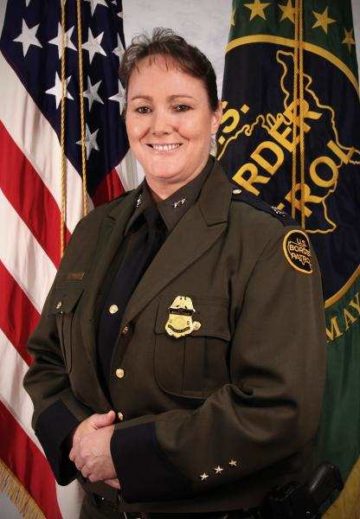
Border Patrol Carla L.
Provost CBP
At the agency’s current growth rate, it could take at least two centuries before women make up 30 percent of the workforce, Sanz joked. One recent development that has made her more hopeful, however, is the appointment of Carla Provost, the first female acting chief of the Border Patrol in its 93-year history. Provost recently told the New York Times that she hoped her promotion would encourage more women to join the Border Patrol. “We work in a diverse environment, and women bring a different perspective to the table,” she said. Provost hasn’t offered any details so far on how her agency might recruit more women.
Still, Sanz thinks Provost’s promotion is a step in the right direction. “Role models are so important,” she said. “For women on the force it’s like seeing light up ahead. They can envision themselves sticking it out like she did, putting in for the promotion and moving up and trying to change the culture of their agency.”
